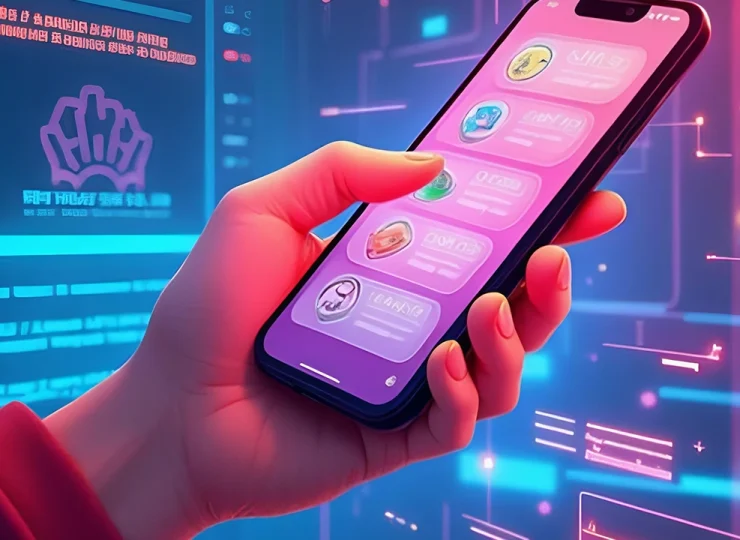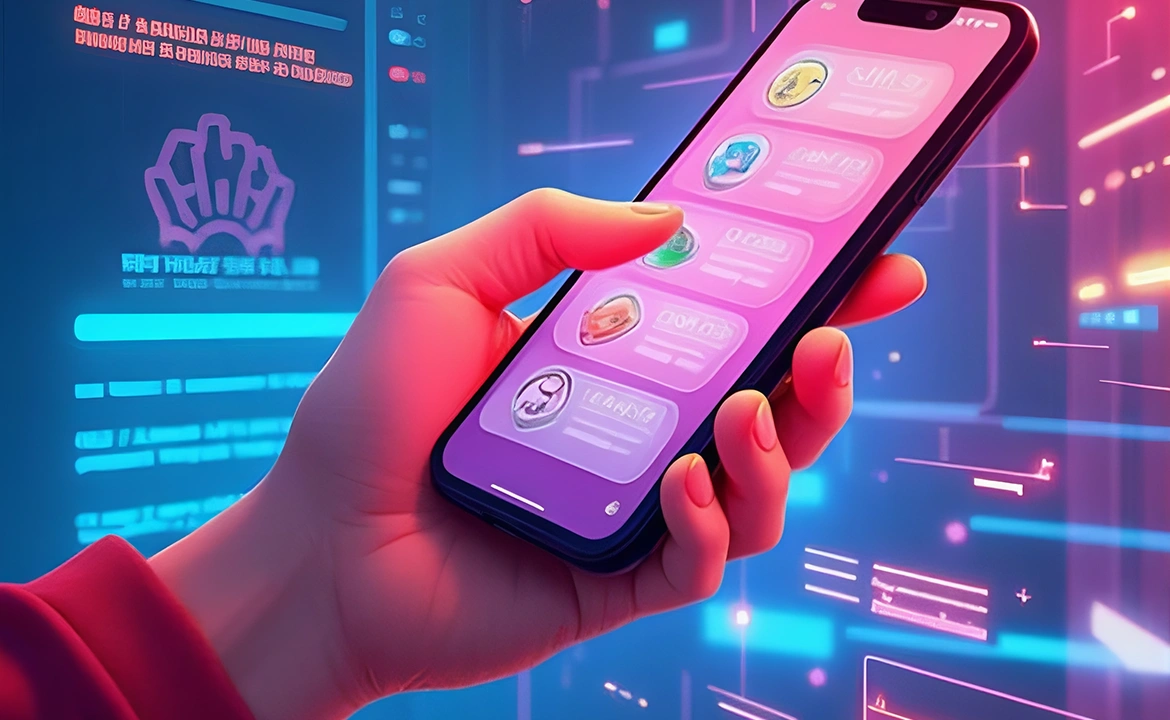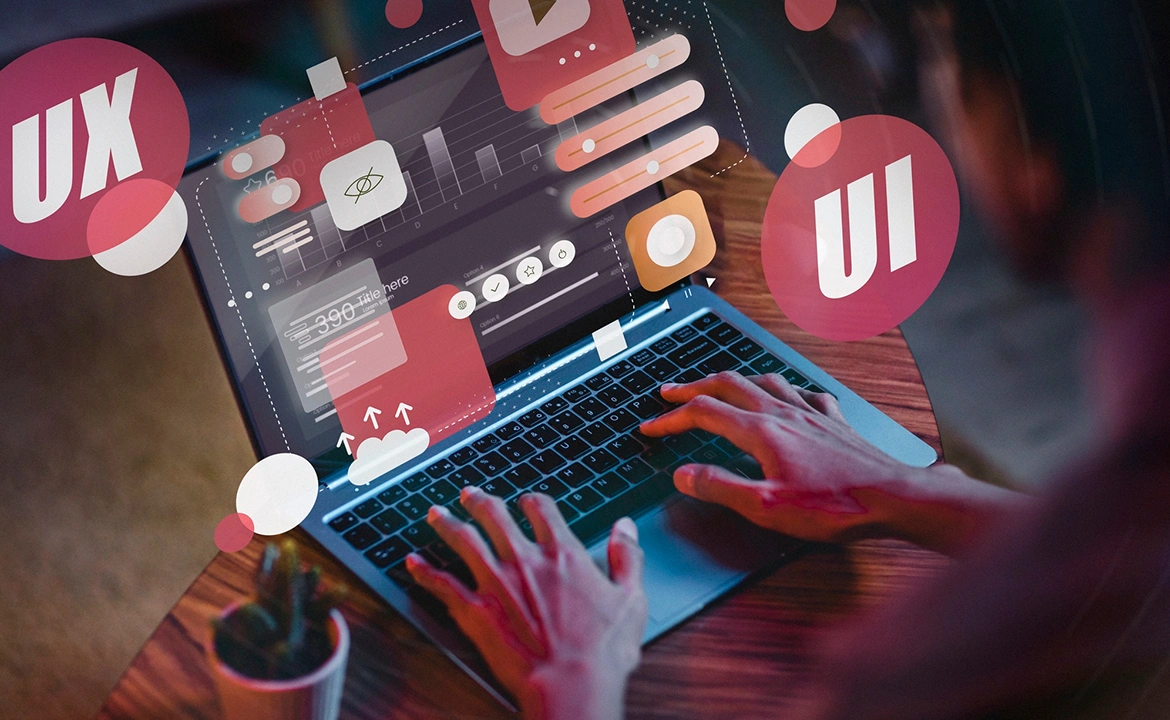Introduction
User experience (UX) and user interface (UI) and the future of UI/UX design have evolved significantly over the years, shaping how users interact with digital products. With advancements in technology, designers now have powerful tools and methodologies to create seamless, engaging, and innovative user experiences. In this article, we’ll explore the latest trends, emerging technologies, and must-have tools for UI/UX designers in 2025.
In web design and web development, UI/UX plays a crucial role in ensuring websites are visually appealing, highly functional, and optimized for performance. From intuitive navigation to responsive design, modern web experiences are built with user behavior in mind.
In app design and app development, UI/UX is essential for crafting mobile and desktop applications that offer smooth interactions, accessibility, and personalized user journeys. With AI-driven design tools and real-time user feedback, app designers can create more intelligent and adaptive interfaces.
As we move into 2025, The Exciting future of UI/UX design will continue to shape both web and app experiences, leveraging AI, voice interfaces, AR/VR, and advanced prototyping tools. In this article, we’ll explore the latest trends, emerging technologies, and must-have tools for UI/UX designers in web and app development.
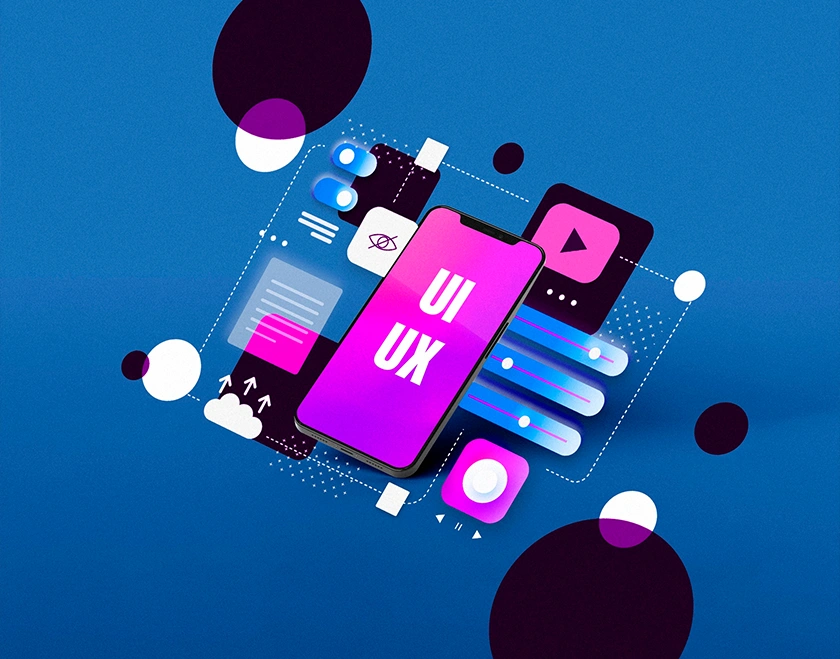
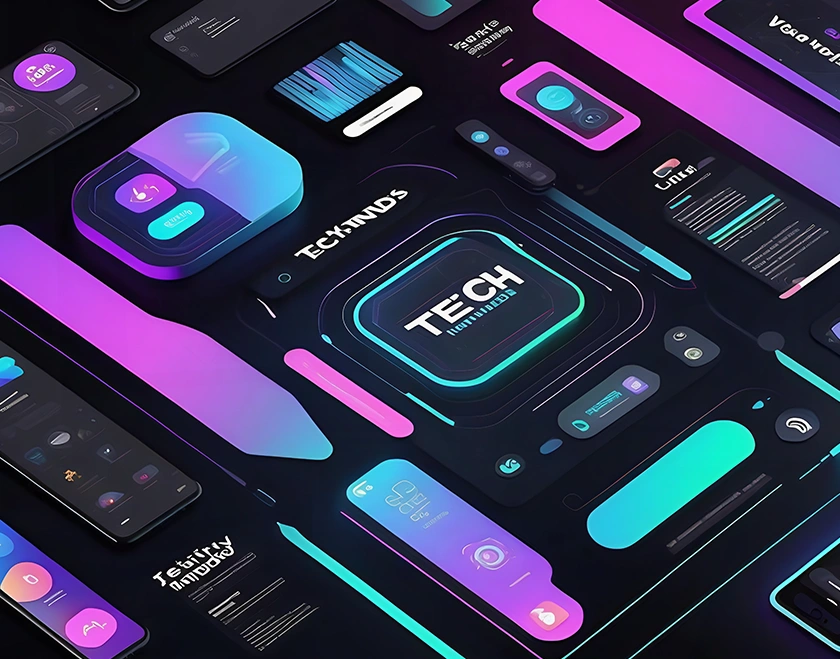
1. The Rise of AI-Powered Design Tools and The Future of UI/UX Design with Ai
Artificial Intelligence (AI) is revolutionizing UI/UX design and the future of UI/UX design, making processes faster and more intuitive. Some of the top AI-driven tools include:
- Figma AI: Automates design recommendations, layout adjustments, and prototype enhancements.
- Adobe Sensei: Uses machine learning to optimize UI elements and improve workflow efficiency.
- Uizard: Generates wireframes and mockups automatically based on simple text inputs.
AI helps designers automate repetitive tasks, allowing them to focus more on creativity and user-centric designs.
2. Voice and Conversational UI
With the increasing popularity of voice assistants like Siri, Alexa, and Google Assistant, designing for voice interfaces is more critical than ever. Key aspects of Voice UI (VUI) include:
- Designing intuitive voice commands and responses.
- Enhancing accessibility through hands-free interactions.
- Integrating natural language processing (NLP) for smarter user engagement.
Tools like Dialogflow and Amazon Lex help designers create seamless voice-based experiences.
3. Immersive Experiences: AR & VR in UI/UX
Augmented Reality (AR) and Virtual Reality (VR) are transforming the way users interact with applications and websites. UX designers are now focusing on:
- AR-enhanced shopping experiences (e.g., IKEA Place, Sephora Virtual Artist).
- VR-based interfaces for immersive environments (e.g., Meta Horizon Workrooms).
- 3D UI elements for more engaging digital interactions.
Tools like Unity, Spark AR, and WebXR are becoming essential for UI/UX designers working with immersive technology.
4. Dark Mode and Adaptive UI
Users now expect applications to offer dark mode and adaptive interfaces that adjust to different lighting conditions and personal preferences. This trend focuses on:
- Reducing eye strain with well-balanced contrast and color schemes.
- Enhancing battery life on OLED screens.
- Providing a customizable user experience based on device settings.
Design tools like Figma and Sketch offer built-in support for light/dark mode UI design.
5. No-Code and Low-Code UI Design
The rise of no-code and low-code platforms allows designers to prototype and develop applications without extensive coding knowledge. Popular tools include:
- Webflow – For building responsive websites visually.
- Bubble – A powerful no-code platform for web and mobile apps.
- Framer – Combines UI design with real interactions without coding.
These tools are empowering UI/UX designers to create fully functional prototypes and MVPs with minimal development effort.
6. Microinteractions & Motion UI
Subtle animations and microinteractions improve user engagement and provide a more intuitive experience. Trends in motion UI include:
- Animated buttons & hover effects to enhance user interactions.
- Loading animations & transition effects to improve perceived performance.
- Lottie animations for lightweight, scalable vector animations.
Tools like After Effects, LottieFiles, and Principle are essential for implementing motion-based UI elements.
7. Personalization & Data-Driven UX
Personalization is key to enhancing user experience. Advanced data analytics and AI-driven insights enable designers to create experiences tailored to individual users. Key aspects include:
- AI-driven recommendations (e.g., Netflix, Spotify).
- Behavioral analytics to optimize UI based on user interactions.
- Dynamic content adaptation based on user preferences.
Tools like Google Analytics, Hotjar, and Mixpanel help UX designers track user behavior and improve UI accordingly.
8. The Importance of Accessibility & Inclusive Design
In 2025, accessibility is no longer optional—it’s a necessity. UI/UX designers must ensure that products are usable by everyone, including individuals with disabilities. Key focus areas include:
- Color contrast optimization for visually impaired users.
- Keyboard navigation & voice control for better usability.
- ARIA (Accessible Rich Internet Applications) standards to improve accessibility.
Tools like Stark, Contrast, and WAVE help designers test and enhance accessibility in their designs.
Design is not just what it looks like and feels like. Design is how it works.
Steve Jobs
Conclusion
The Exciting Future of UI/UX Design in 2025 is being shaped by AI, immersive technologies, and user-centric approaches. Designers must embrace new tools, prioritize accessibility, and stay ahead of industry trends to create intuitive and engaging digital experiences.


